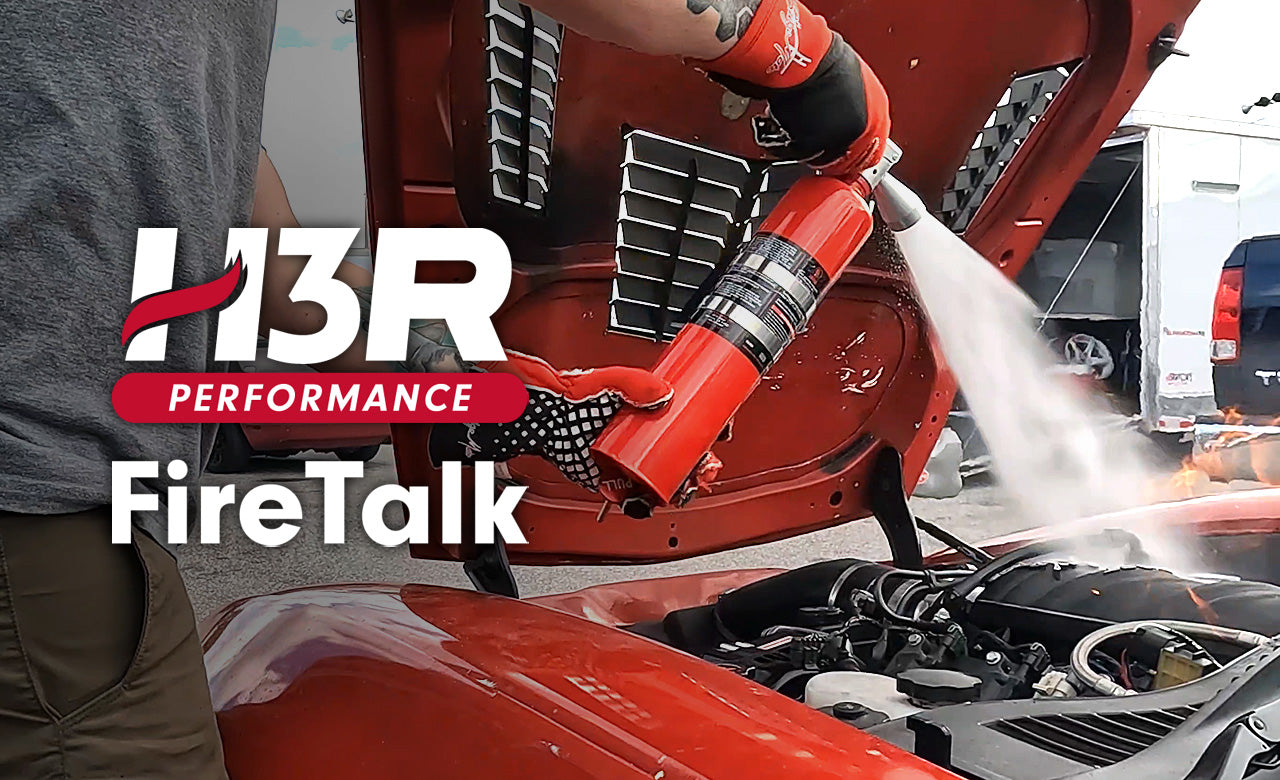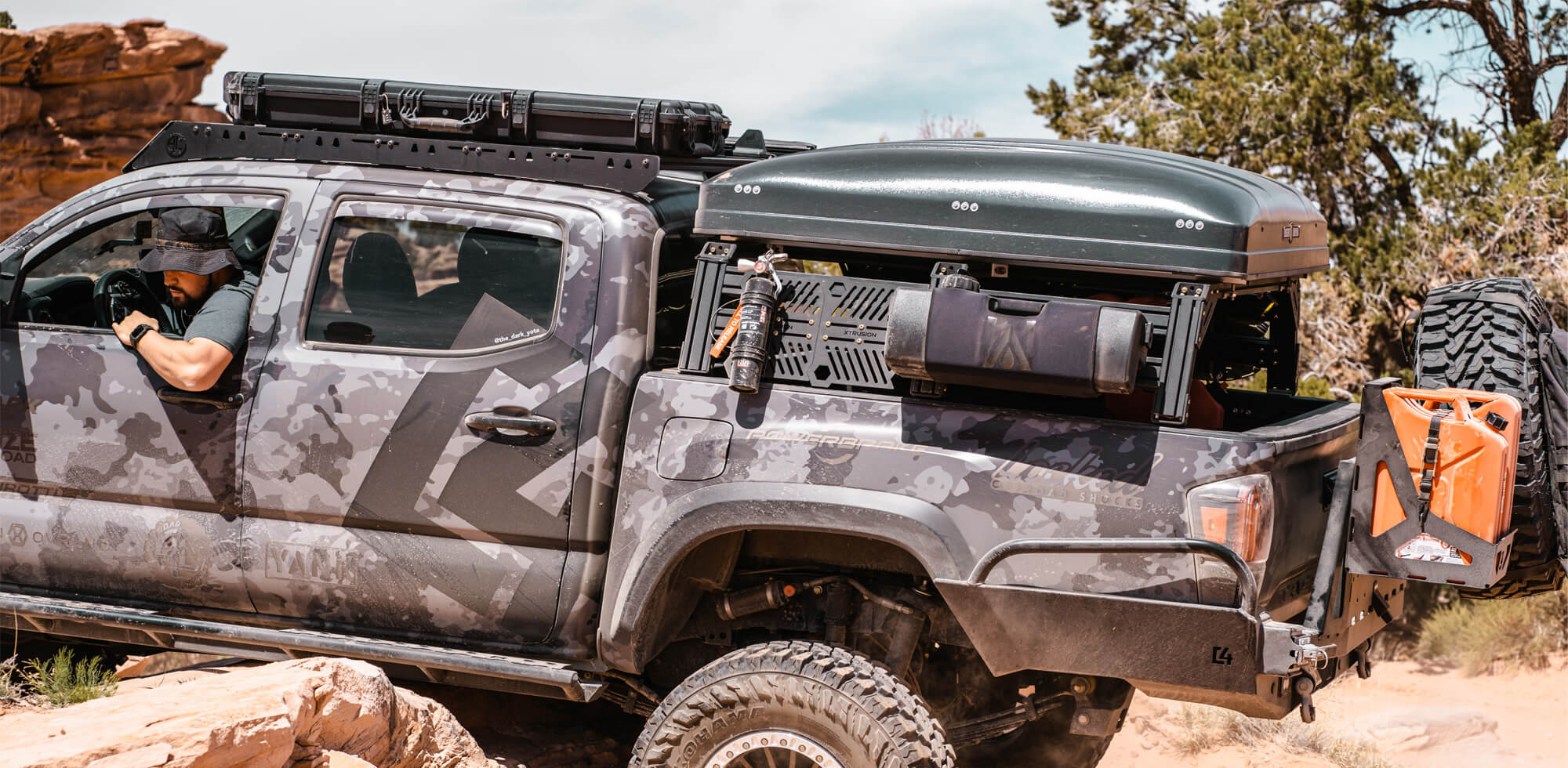Graduating high school is a significant milestone, marking an exciting transition into adulthood! Whether they are going to college, taking a gap year, or entering the workforce. For many, it means leaving home and becoming fully independent, which requires a new level of preparedness, especially on the road. Below are ten essential tips to keep your grad safe and prepared on the road.
(Be sure to share this blog post with friends and/or family who have a new grad, you never know when this information could save a life!)
1. Invest in a Roadside Assistance Membership
A roadside assistance membership is invaluable for everyone, especially newer drivers far from home. Services like towing, battery jump-starts, tire changes, and lockout assistance can save time and stress during a breakdown. Many memberships also offer additional perks such as trip interruption coverage and discounts on travel services. Research and choose a reliable roadside assistance provider to suit their needs.
2. Keep a UL Listed Fire Extinguisher in the Vehicle
Fires are more common than many people realize. According to the National Fire Protection Association, fire departments in the US responded to an average of one highway vehicle fire every 2 minutes and 47 seconds. A fire extinguisher can stop a fire before it poses a significant risk to life and property.
A few tips for choosing and installing an extinguisher:
- Make sure it is UL listed; this ensures it’s been subject to rigorous third-party testing and will work as advertised.
- Mount the extinguisher securely. It can become a dangerous projectile in an accident.
- If possible, mount within reach. Fires can double in size in 30 seconds or less. Keeping the extinguisher close will save valuable time in an emergency.
For more helpful information on choosing an extinguisher, check out these blog posts:
- What Size Fire Extinguisher Do I Need For My Car?
- What Size Fire Extinguisher Do I Need For My Truck?
3. Keep a Well-Stocked Emergency Kit
An emergency kit can be a lifesaver in case of a breakdown. A reliable kit should include:
- A first aid kit
- A flashlight with extra batteries
- Roadside flares or reflective triangles
- Jumper cables
- A basic tool kit
- Blankets and extra clothing
- Non-perishable snacks and bottled water
- A multi-tool or Swiss Army knife
Having these supplies available can help manage minor repairs or stay comfortable while waiting for assistance.
4. Maintain Tires and Have Essential Tire Changing Equipment
Tires are critical for a vehicle’s safety and performance. Regularly inspect tires for wear and tear, and ensure they are properly inflated according to the vehicle’s specifications. Under-inflated or over-inflated tires can affect handling and fuel efficiency and increase the risk of a blowout. Rotate tires every 6,000 to 8,000 miles to ensure even wear, and replace them when the tread depth is below 2/32 of an inch.
Being able to change a tire is a vital skill for any driver. Every vehicle should have the following equipment:
- A properly inflated spare tire
- A jack that suitable for vehicle
- A tire iron (that fits the tire lugs on the vehicle)
- A tire pressure gauge
- A tire inflator (optional)
Familiarize your grad with the process of changing a tire. Practice in a safe environment, like the driveway, so they can be confident about handling a flat tire on the road.
Pro Tip! It is especially important to check the tire changing equipment when purchasing a used car, the jack and/or lug wrench can sometimes be missing.
5. Perform Regular Fluid Checks
Fluids are the lifeblood of a vehicle, and keeping them at the appropriate levels is crucial. Here are a some basics guidelines:
- Engine oil: Check the oil level with the dipstick and change it according to the vehicle’s maintenance schedule, typically every 3,000 to 5,000 miles.
- Coolant: Ensure the coolant level is between the minimum and maximum markers on the reservoir. Check for leaks and top off with the appropriate mixture if necessary.
- Brake fluid: Check the brake fluid level in the reservoir and top it off if it’s low. If brake fluid is frequently low, have the braking system inspected for leaks.
- Transmission fluid: If the vehicle has a dipstick for transmission fluid, check it regularly and keep it at the proper level.
- Windshield washer fluid: Keep this fluid topped off for clear visibility.

6. Inspect Belts and Hoses
Belts and hoses play vital roles in a vehicle’s operation. They should be inspected regularly for signs of wear, such as cracks, fraying, or leaks. The serpentine belt, in particular, drives multiple components like the alternator, power steering pump, and air conditioning compressor. Replace belts and hoses as recommended by the vehicle’s manufacturer or sooner if they show signs of damage.
7. Ensure Battery is in Good Condition
A dead battery is a common cause of breakdowns. Regularly check the battery terminals for corrosion and clean them if necessary. Test the battery’s charge at least twice a year, especially before winter and summer, when extreme temperatures can affect its performance. Most batteries last between three to five years, so keep track of its age and replace it before it fails.
BONUS! A compact battery jump starter can come in handy, and there are many affordable options.

8. Know How to Handle an Overheating Engine
An overheating engine can cause significant damage if not addressed promptly. If the temperature gauge is rising too high or steam coming from under the hood, follow these steps:
- Turn off the air conditioning and turn on the heater to help dissipate heat.
- Pull over safely and turn off the engine.
- Wait for the engine to cool before opening the hood to avoid burns.
- Check the coolant level and add coolant if it’s low. If you’re in a pinch, water can be used temporarily until you can get proper coolant.
If the problem persists, call for roadside assistance.
9. Schedule Regular Professional Inspections and Maintenance
Even if your grad performs regular maintenance themselves, it’s essential to have the vehicle professionally inspected at least once a year. Professional mechanics can identify issues they might overlook, such as alignment problems, brake wear, or engine diagnostics. Follow the vehicle manufacturer’s recommended maintenance schedule for major services like timing belt replacement and comprehensive system checks.
Bonus tip! Some roadside assistance memberships offer discounts on vehicle services.
10. Be Prepared for Winter and Adverse Weather
Driving in adverse weather conditions requires extra preparation. Here are some tips to ensure your vehicle is ready:
- Winter tires: For areas with harsh winter conditions consider installing winter tires. They provide better traction on snow and ice compared to all-season tires.
- Wiper blades: Replace wiper blades annually and use winter blades if expecting heavy snow and ice.
- Antifreeze: Ensure the coolant system is filled with the correct mixture of antifreeze to prevent it from freezing in cold temperatures.
- De-icing supplies: Keep a windshield scraper and de-icer spray in the vehicle.
- Emergency supplies: In winter, add items like a shovel, sand or kitty litter (for traction), and extra warm clothing to emergency kit.

Conclusion
Proper preparation and maintenance can prevent common issues and extend the life of any vehicle. By following these ten tips, your grad can enhance their safety and confidence as they embark on this new chapter of life.
To all the new graduates this year, we say “Big congratulations! We wish you all the best on the road ahead. Stay informed, stay prepared, and drive safely.”






